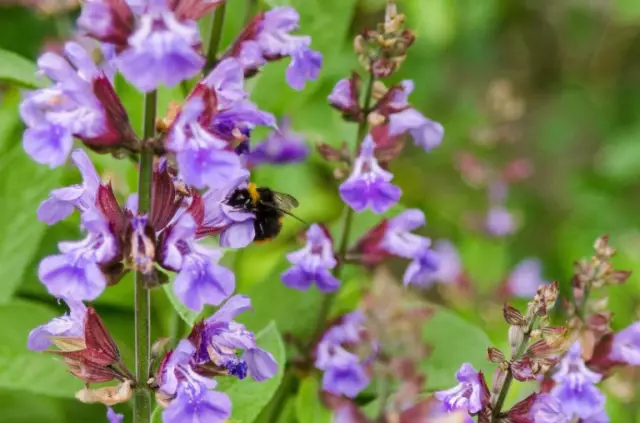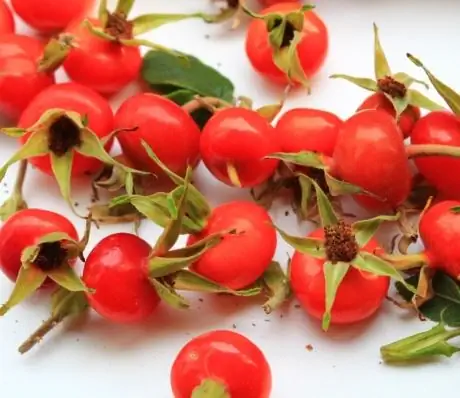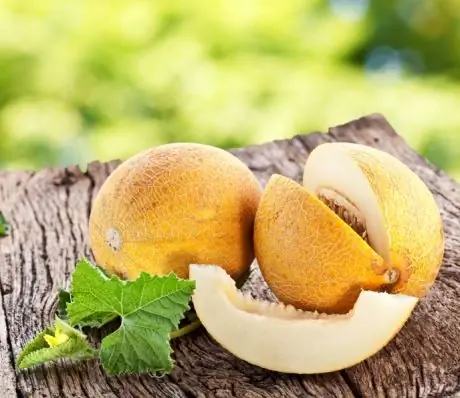- Author Rachel Wainwright [email protected].
- Public 2023-12-15 07:39.
- Last modified 2025-11-02 20:14.
Veronica medicinal
Instructions for use:
- 1. Chemical composition
- 2. Useful properties
- 3. Indications for use
- 4. Contraindications
- 5. Home remedies from Veronica officinalis

Veronica officinalis (Veronica drugstore, drugstore drugstore, bedchamber, gypsy grass, snake head, snake grass, berenikovy grass, okladnik) is a perennial herb that is often found in forests and glades in the European part of Russia. It is widely used in folk medicine.
Chemical composition
The composition of the plant has been little studied, but it is reliably known that Veronica officinalis contains the following biologically active substances:
- organic acids, including malic, acetic, citric, tartaric and lactic;
- essential oils;
- phenol carboxylic acids;
- glycosides;
- tannins;
- bitterness;
- carotene;
- vitamin C;
- trace doses of cardiac glycosides and alkaloids.
Beneficial features
- hemostatic;
- secretolytic;
- diaphoretic;
- antimicrobial;
- anti-inflammatory;
- antiallergenic;
- reparative;
- pain reliever;
- anticonvulsant;
- anthelminthic.
Veronica officinalis regulates carbohydrate metabolism, increases appetite and secretion of gastric juice, improves metabolism, disturbed due to various diseases of the skin.
Indications for use
- colds;
- diseases of the bronchopulmonary system: dry cough, bronchitis, tracheitis, asthma, tuberculosis;
- gastritis with low acidity;
- diseases of the gastrointestinal tract, including decreased appetite, abdominal pain, diarrhea, gastritis, colitis, peptic ulcer, stomach cancer;
- gout;
- kidney disease;
- urolithiasis disease;
- overwork and nervous exhaustion;
- increased excitability;
- insomnia;
- head and abdominal pain;
- uterine bleeding;
- climacteric disorders;
- diathesis;
- hematomas and abrasions;
- arthrosis;
- hernia;
- rheumatism;
- eczema, dermatitis, scrofula, scabies, boils, non-healing purulent wounds and ulcers;
- irritation and rash on the genitals;
- fungal skin lesions, especially mycoses of the legs;
- bruises and wounds, diaper rash, sweating.
Contraindications
- increased acidity of the stomach;
- hypotension;
- severe heart disease;
- children under 3 years old;
- hypersensitivity to plant components.
Home remedies from Veronica officinalis
- burns and purulent wounds, eczema and dermatitis, including in children: 15 tbsp. l. medicinal raw materials for 0.5 liters of vegetable oil (preferably olive or corn oil), insist for a week. Lubricate the affected skin;
- cracked heels, fungus on the feet: 10 tbsp. l. pour 0.5 l of vodka of medicinal raw materials, insist in a dark place for 14 days. Tincture abundantly to wipe the affected areas 2 times a day, morning and evening. After the procedure, it is recommended to leave your feet to dry and then put on socks. The course of treatment is 10 days;
- kidney damage and gout: 4 tbsp. l. Pour herbs with 1 liter of boiling water, insist and strain for 2 hours. Take 4 times a day, 100 ml to relieve exacerbation of the disease;
- climacteric disorders: 3 tbsp. l. pour 1 liter of boiling water over medicinal raw materials, insist for 1 hour, then strain. Take 120 ml 3 times a day, the course is long. The same infusion is recommended for irritability, neurological disorders and insomnia;
- dry eczema and neurodermatitis: 5 tbsp. l. Pour herbs into a thermos and pour 1 liter of boiling water, insist. In this infusion, you should moisten the gauze and apply it to problem areas for 5 minutes. Also, the product can be added to the baby bath (in a 1:20 ratio with water). Sitting baths are effective for gynecological diseases, accompanied by itching of the external genital organs. For rinsing the throat, the infusion can be used for acute angina, laryngitis, pharyngitis, exacerbation of tonsillitis (3 minutes up to 6 times a day).
Information about the drug is generalized, provided for informational purposes only and does not replace the official instructions. Self-medication is hazardous to health!






